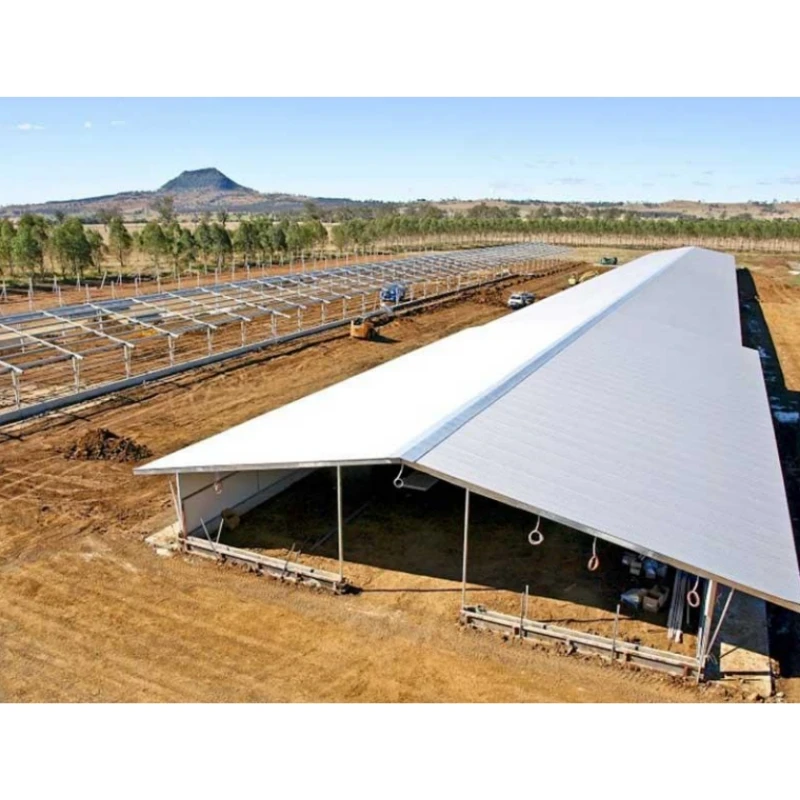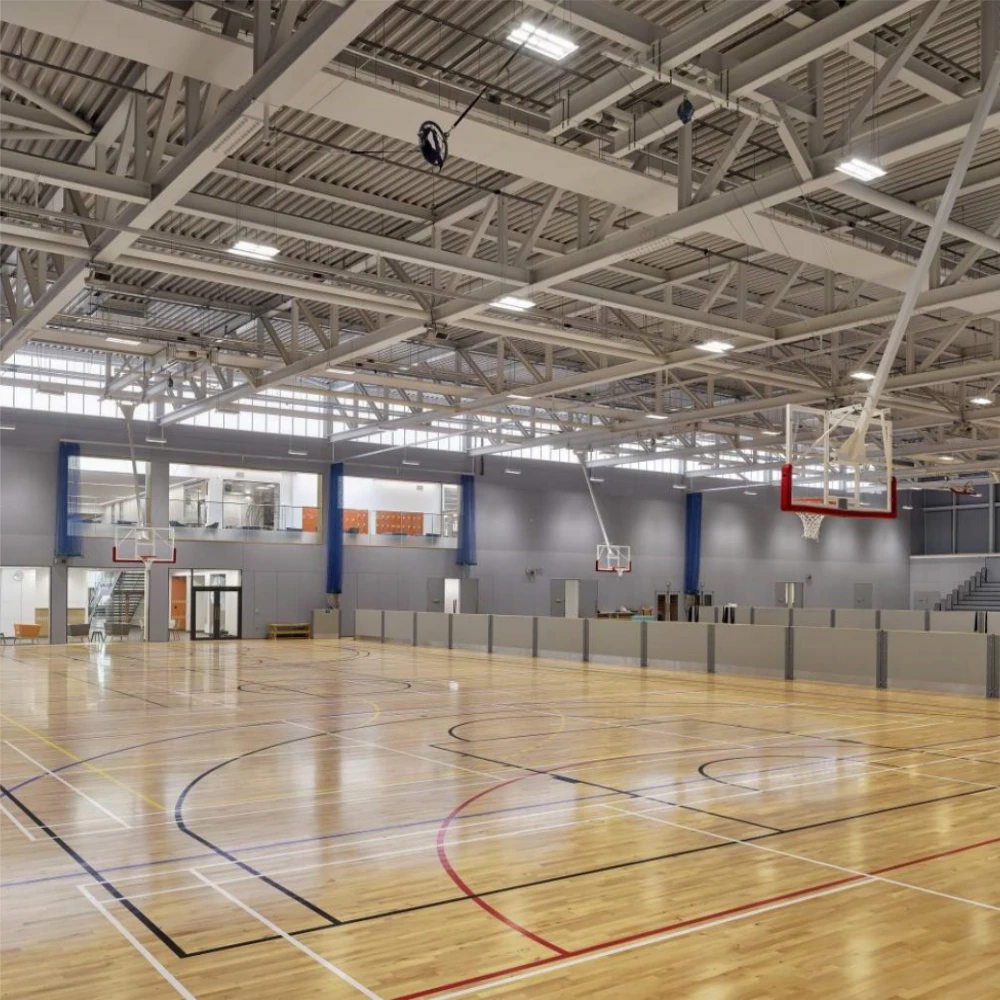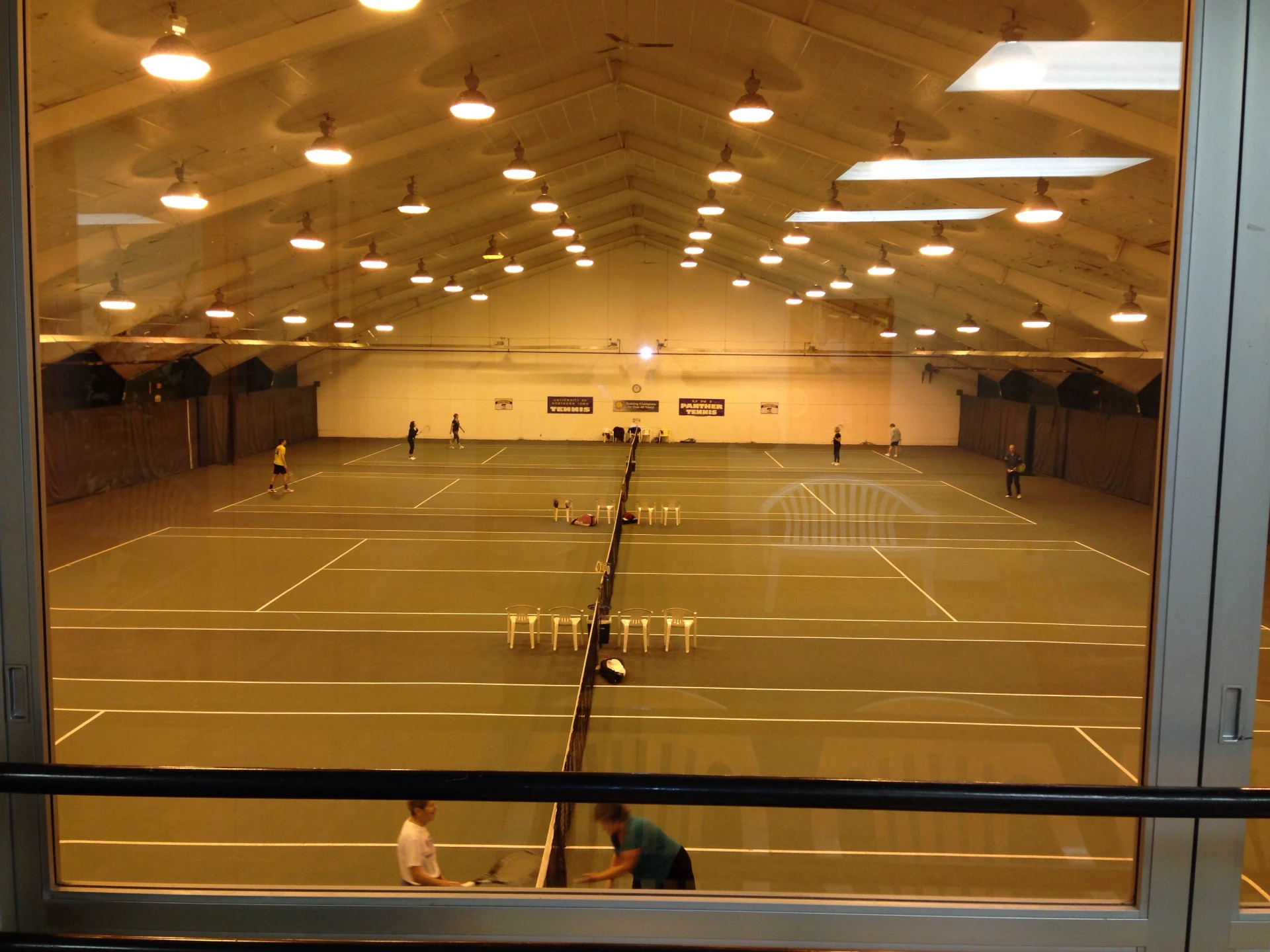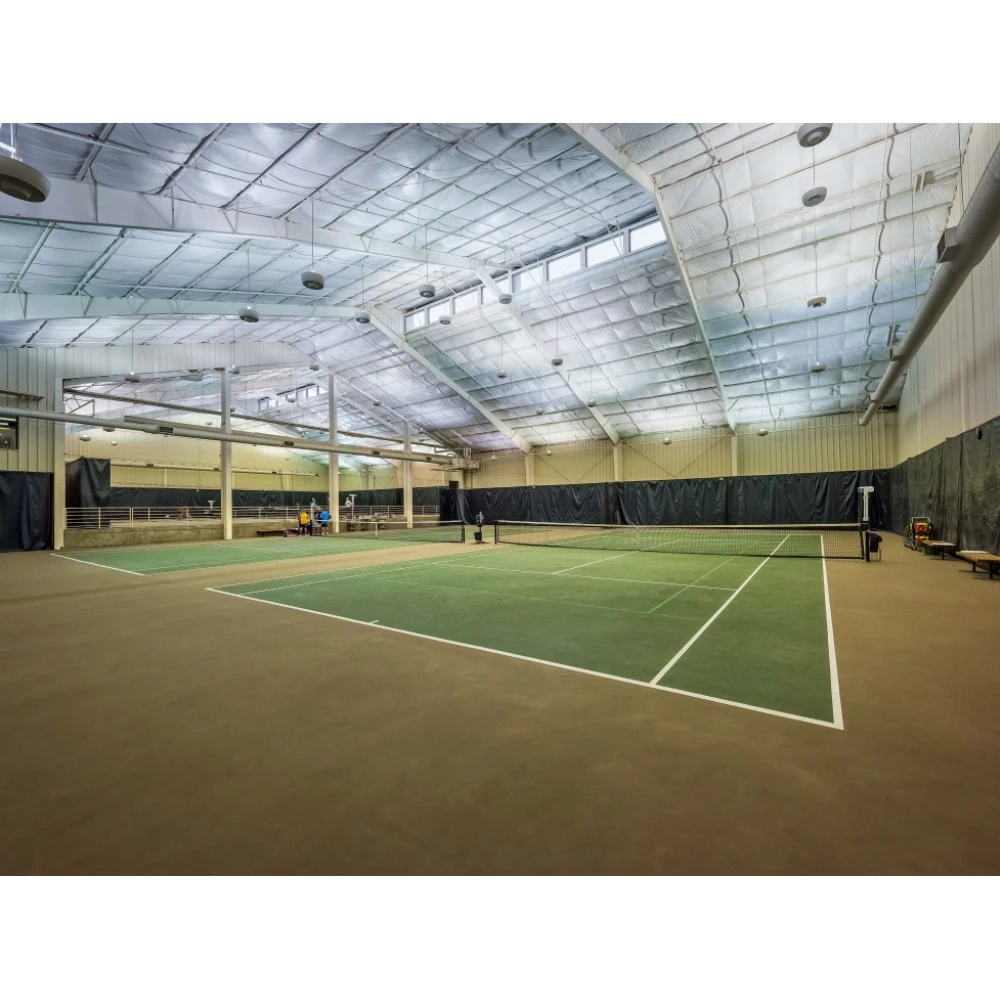- Afrikaans
- Albanian
- Amharic
- Arabic
- Armenian
- Azerbaijani
- Basque
- Belarusian
- Bengali
- Bosnian
- Bulgarian
- Catalan
- Cebuano
- Corsican
- Croatian
- Czech
- Danish
- Dutch
- English
- Esperanto
- Estonian
- Finnish
- French
- Frisian
- Galician
- Georgian
- German
- Greek
- Gujarati
- Haitian Creole
- hausa
- hawaiian
- Hebrew
- Hindi
- Miao
- Hungarian
- Icelandic
- igbo
- Indonesian
- irish
- Italian
- Japanese
- Javanese
- Kannada
- kazakh
- Khmer
- Rwandese
- Korean
- Kurdish
- Kyrgyz
- Lao
- Latin
- Latvian
- Lithuanian
- Luxembourgish
- Macedonian
- Malgashi
- Malay
- Malayalam
- Maltese
- Maori
- Marathi
- Mongolian
- Myanmar
- Nepali
- Norwegian
- Norwegian
- Occitan
- Pashto
- Persian
- Polish
- Portuguese
- Punjabi
- Romanian
- Russian
- Samoan
- Scottish Gaelic
- Serbian
- Sesotho
- Shona
- Sindhi
- Sinhala
- Slovak
- Slovenian
- Somali
- Spanish
- Sundanese
- Swahili
- Swedish
- Tagalog
- Tajik
- Tamil
- Tatar
- Telugu
- Thai
- Turkish
- Turkmen
- Ukrainian
- Urdu
- Uighur
- Uzbek
- Vietnamese
- Welsh
- Bantu
- Yiddish
- Yoruba
- Zulu
ਦਸੰ. . 24, 2024 14:28 Back to list
Cost Analysis of Steel Buildings A Comprehensive Guide
When it comes to constructing buildings, the choice of materials is pivotal to both cost and structural integrity. One of the most popular materials in contemporary construction is steel. Its durability, strength, and versatility make it a favored choice for various building projects, from industrial warehouses to residential spaces. This article delves into the cost factors associated with steel buildings, highlighting their advantages, potential pitfalls, and overall financial implications.
Understanding the Cost Dynamics
The cost of steel buildings can vary significantly based on several factors. Key among these are the design complexity, the quality of steel used, local labor costs, and seasonal fluctuations in pricing. On average, the cost per square foot for a pre-engineered steel building ranges between $10 to $20, excluding land costs and foundation. This price can be influenced by additional factors such as insulation, interior finishes, and specific customizations required by the client.
Material Costs
Steel prices are subject to market conditions, which can fluctuate based on supply and demand, global economic trends, and tariffs. Therefore, a key aspect of budgeting for a steel building involves staying informed about the current market prices of steel. Investing in stainless or galvanized steel can increase upfront costs but offers longer-term savings via reduced maintenance requirements and extended lifespan.
Additionally, incorporating advanced technology such as computer-aided design (CAD) can help optimize the use of materials, leading to cost savings. Such efficiencies can reduce waste and ensure that the materials utilized are appropriately calculated for the intended structural needs.
Labor Costs
Labor costs can significantly impact the total expense of constructing a steel building. Skilled labor is essential for the fabrication and assembly of steel structures. In regions where there is a shortage of skilled tradespeople, these labor costs can rise substantially. Conversely, some areas may have a more abundant workforce, potentially leading to lower labor costs and reduced overall project expenses.
cost steel building

It is advisable to consider hiring a contractor with experience in steel construction. Not only can a knowledgeable contractor optimize the construction process, but they can also help mitigate unexpected costs associated with delays or miscalculations.
Time Efficiency
One of the notable benefits of steel buildings is their construction timeline. Due to the ability to prefabricate steel components offsite, the on-site assembly can proceed rapidly, leading to overall time savings. A reduced construction period can lead to financial savings as labor costs diminish and the building generates revenue sooner.
However, it’s essential to factor in that expedited timelines might come with their own set of challenges, such as ensuring that inspections and local building codes are adhered to, which can sometimes lead to hidden costs.
Long-Term Value
Investing in steel buildings often provides significant long-term value. Steel structures are known for their durability and resistance to various environmental factors, including termites, rot, and fire, thus requiring less maintenance over time. Furthermore, energy-efficient designs can result in lower heating and cooling costs, presenting savings that can compound over the years.
Additionally, steel buildings typically have a higher resale value compared to traditional wooden structures due to their longevity and lower maintenance requirements. Investors often find that the initial higher costs associated with steel are offset by their overall return on investment in the long run.
Conclusion
In conclusion, while the initial costs of steel buildings can be relatively high, the longevity, low maintenance, and energy efficiency they offer can make them a smart investment over time. Understanding the various cost factors involved—from material and labor costs to potential time savings—can provide a clearer picture of the financial implications associated with steel construction. By considering these aspects, builders and investors can make informed decisions that align with their construction goals and budgets, ultimately leading to successful building projects that stand the test of time.
-
How Do Prefabricated Steel Structures Transform Modern Construction?
NewsJul.14,2025
-
How Do Prefabricated Metal Buildings Redefine Modern Construction?
NewsJul.14,2025
-
How Do Prefab Insulated Metal Buildings and Steel Structures Revolutionize Modern Construction?
NewsJul.14,2025
-
How Do Pre - Engineered Steel Structures Redefine Modern Construction?
NewsJul.14,2025
-
Advancing Modular Construction with Prefabricated Metal Structures
NewsJul.14,2025
-
Advancing Industrial Infrastructure with Prefabricated Steel Solutions
NewsJul.14,2025
Products categories
Our Latest News
We have a professional design team and an excellent production and construction team.












